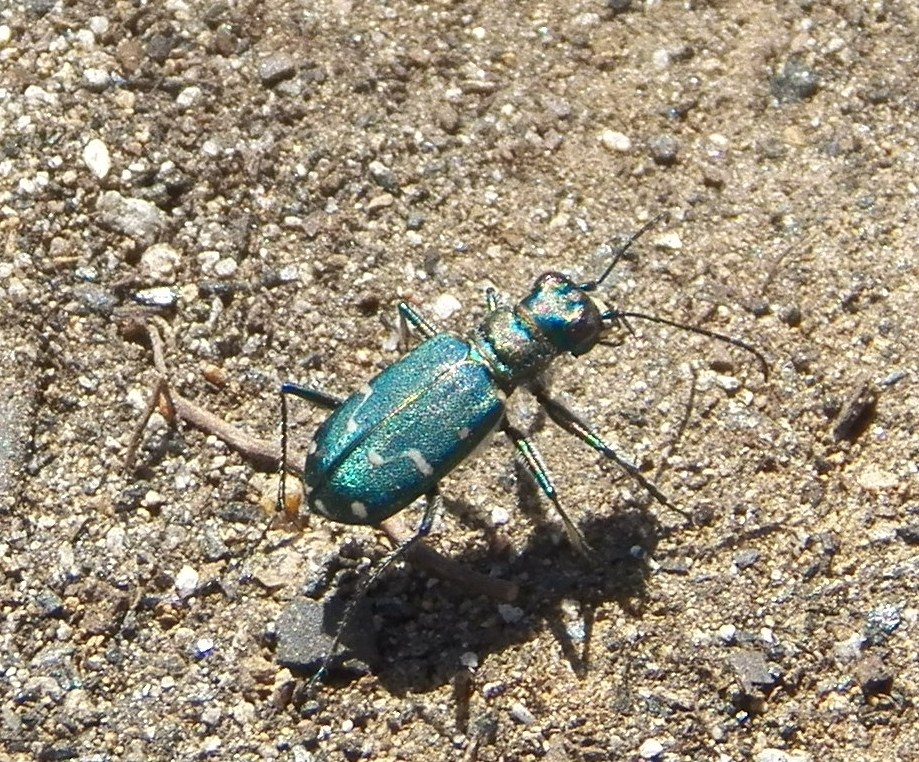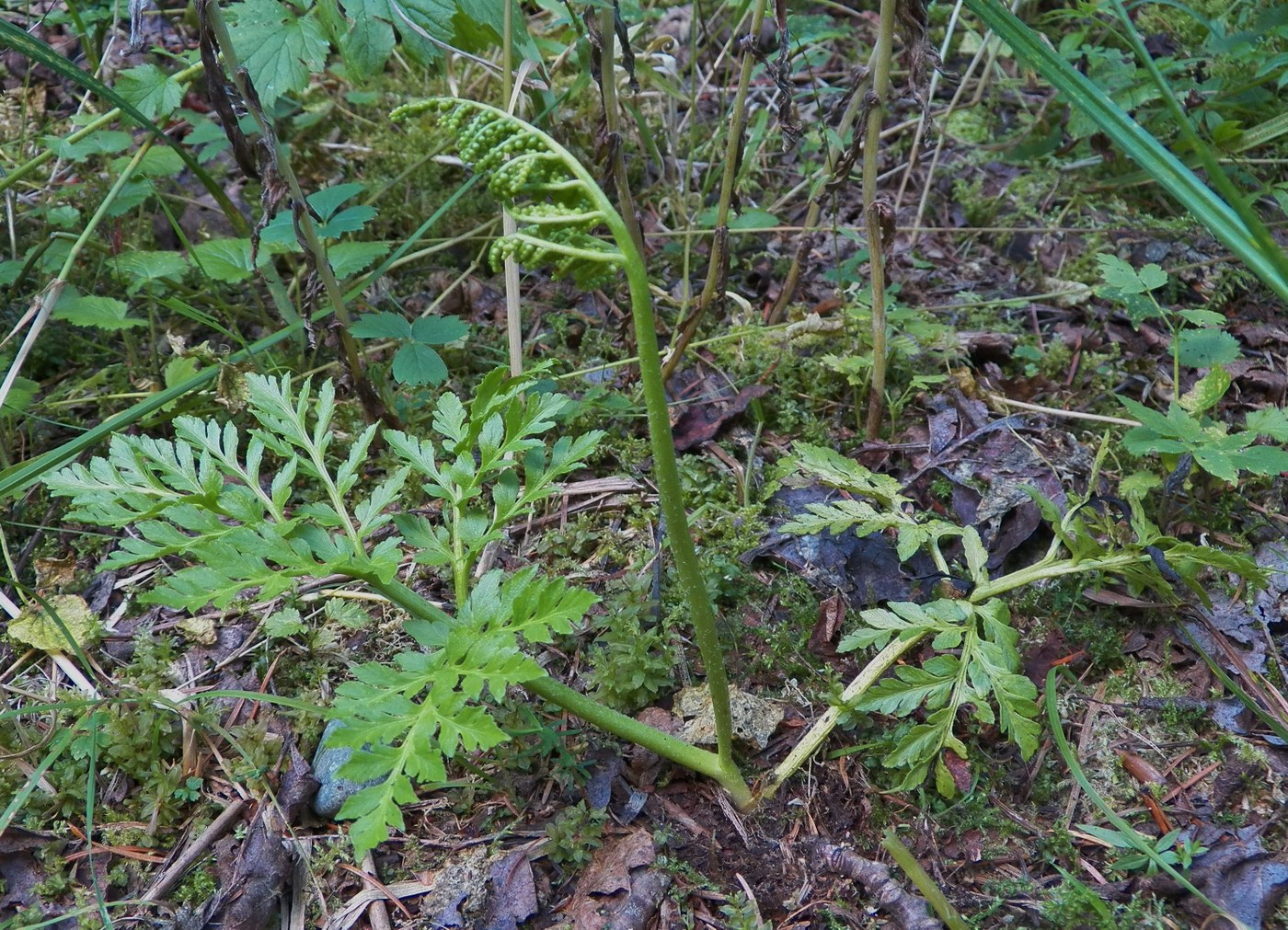Although I have been to Thornton Lakes before, this was my first trip to the top of Trapper’s Peak. This hike has some really stellar views of the three Thornton Lakes, the Picket range, the Neve Glacier between Snowfield and Colonial Peak and Mount Triumph. The road is considerably improved since my last visit, but there still are rough spots. I made it with a low clearance vehicle, but I recommend doing the steeper sections in low gear. The first two miles of trail climb almost imperceptibly on an old logging road. The trail covering the remaining three miles to the pass that leads to the first Thornton Lake is clear of downed trees, but does have rocks and many exposed roots. At the pass, the trail to Trapper’s Peak branches off to the right. From here, the trail has some sections of true scrambling, but never exposed. As you climb, views become spectacular and soon you can see all three Thornton Lakes, the uppermost one is still 25% ice covered. Flowers are mostly finished on this route, although some lupine and mountain heather continue in bloom. Berry season has begun. Lots of red berries down below: red elderberry, baneberry (poisonous!), devil’s club, bunchberry and others, alpine blueberries above. There is still some snow at the top of Trapper’s Peak and the top is broad, allowing people to spread out and find lots of cozy perches to sit and admire the view. I found an iridescent blue-green oblique-lined tiger beetle (pictured below). Tiger beetles are predatory and fast-moving, but this one allowed me to get a decent photo.
On the way down, in the last mile of trail, I found one of the adder’s tongue ferns, this one is the leathery grapefern Sceptridium multifidum. The interest of this fern lies not in its beauty, but in its history and structure. I know a botany aficionado who knows every plant she sees, who has been looking for one of these ferns her whole life. Even when not actually a rare species, they are hard to find. Usually, with rare plants, there are just a few sites where the plant can be found; but when it is found, there are a number of individual plants in the population. When I find one of these, I have only ever found one plant and this time was no exception. I looked and there were no others. All of the common ferns that you see in the forest belong to families of ferns that did not appear until the early Cretaceous, that is, after the rise of flowering plants. But ferns are a far older group of plants and the adder’s tongues are the very first branch of the family tree of ferns. Adder’s tongues have several unique characteristics, but one that is usually easy to see on first inspection is the bifurcation in the frond between the sterile part (the trophophore) and the fertile part (the sporophore). In the particular species illustrated below, this is hard to see because that branching occurs so close to the ground. It can be seen if you look closely. Spotting one of these ferns the first time is hardest. After seeing one, you have a search image that helps the next time. Their leaves look fleshier than other ferns and other plants with dissected leaves, that is how I locate them. This was my plant find of the day.







Comments
Don Gerald on Thornton Lakes and Trappers Peak
Wow! What an odd-looking fern. I'm going to keep an eye out from now on!
Posted by:
Don Gerald on Aug 27, 2020 08:32 PM
Maddy on Thornton Lakes and Trappers Peak
Your reports are always interesting!
Posted by:
Maddy on Aug 27, 2020 09:06 PM